Voies Vertes – The best cycling routes for the whole family
21 October, 2019
Exploring a new country is often easier, and better, by bike than by car. I love to cycle and I cycle a lot. Sometimes I even strap the tent onto my bike and head off on a short camping holiday. You can also take your bike along if you’re driving to a nice spot where you can take some good daytrips from the campsite. If I want a relatively quiet day of touring with my wife and dog, I like to use the Voies Vertes (green routes) that you can find all over Western Europe. Wondering what a Voie Verte is and why you it’s such a wonderful ride? I’ll happily explain.
When you’re planning a cycling holiday, you’ll probably come across a lot of information about fantastic cycling routes. But you may be wondering just how fantastic those routes really are. And how difficult will it be? Are there a lot of hills or is it relatively flat? And – more importantly – is it a decent path to cycle on? Will you be riding down a lovely, flat paved road? Is there (a lot of) other traffic? Is it safe? If you choose a Voie Verte, then you can be sure that the route is suitable for just about every level of cyclist.
What’s a Voie Verte?
Around the turn of the century, several European countries agreed to jointly build more roads intended exclusively for non-motorized traffic like cyclists, pedestrians, and horse riders. Back then, the first of these special paths were laid in Wallonia in Belgium and on local roads in France by converting disused train tracks into combined bicycle and footpaths. The advantage of using those old tracks was that the base – the route – was already there, including bridges and tunnels. The only thing that needed to be done was to make the route passable. It was a relatively cheap solution.
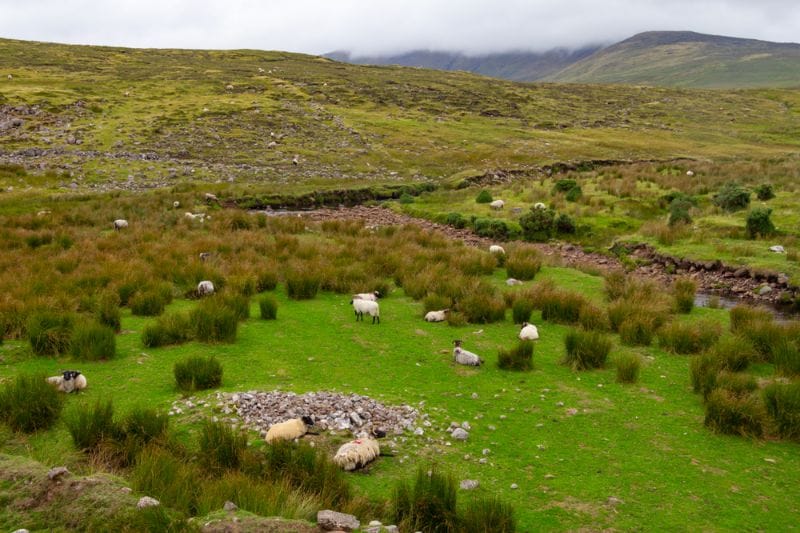
In England, the Voies Vertes, or Greenways, will take you through lovely, typical British landscapes.
These special paths soon became popular with tourists. They were safe, beautiful, and often pass through picturesque areas. And, of course, happy tourists mean more money, so other regions and countries started to see the benefits of the idea. The Voies Vertes, or literally ‘green routes’, have become increasingly popular, and more are being built every year.
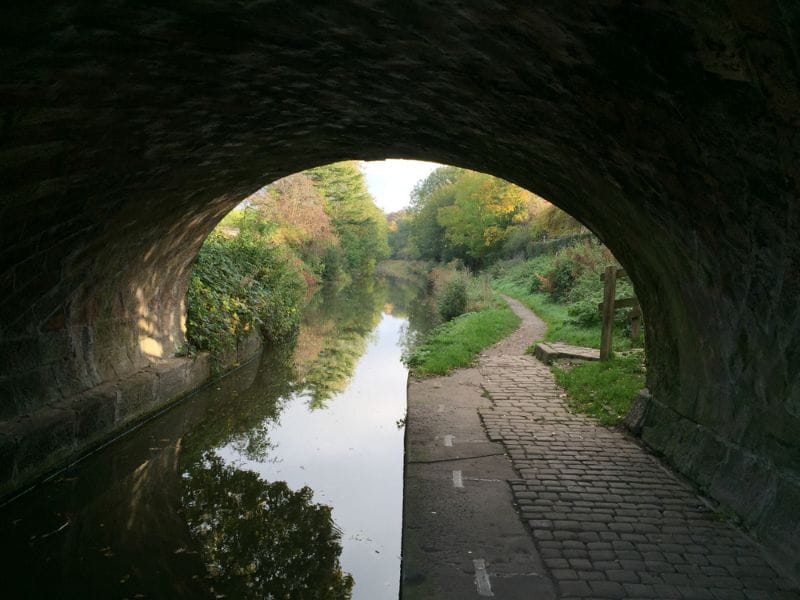
A lovely, quiet underpass by a towpath.
You can find Voies Vertes all over Western Europe, but they have slightly different names in each country or region. The official European name is Greenways, but it’s only used in English-speaking countries. The French name, Voies Vertes, is one many people are already familiar with. In Spain, they’re called Vías Verdes, Bahntrassenwege in Germany, and RAVeL in Wallonia.
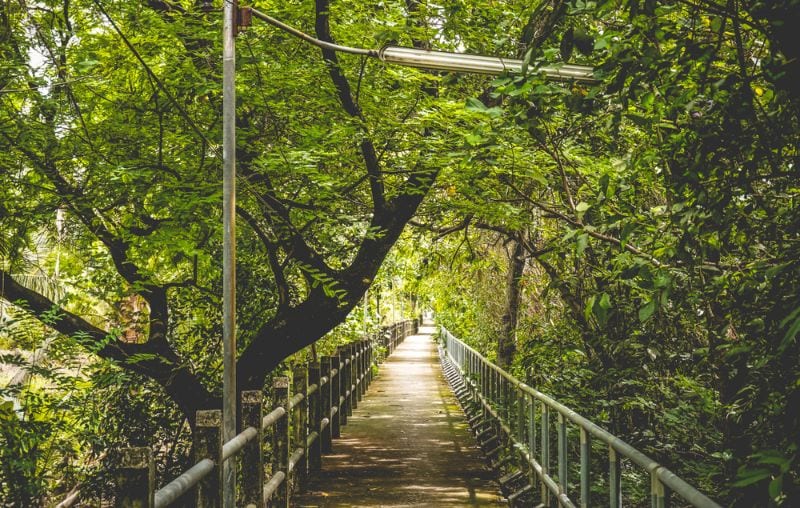
Some Voies Vertes are too lovely to ignore.
Most Voies Vertes still run along – or over – old railway lines and past old canals or rivers. The main advantage of this is that the old roads are usually already relatively flat. Also, the tracks and canal paths are often already separated from the main roads. So there’s no need to create a completely new road. And you won’t have to compete with cars, motorcycles, or mopeds, either. So the whole family can cycle or walk safely. The Voies Vertes are most commonly used by cyclists, but they’re also available to walkers and other non-motorised traffic, like horse riders.
Flat, safe cycling
You can easily cycle over most of the Voies Vertes even with a gearless city bike. Or you could rent a bike at your campsite for a fun, active day out. And of course the Voies Vertes are also ideal for children. There may be a hill or two where they’ll need a push, but they’re really the exception, not the rule. Because Voie Vertes are often located in tourist areas, there’s always a campsite around the corner.
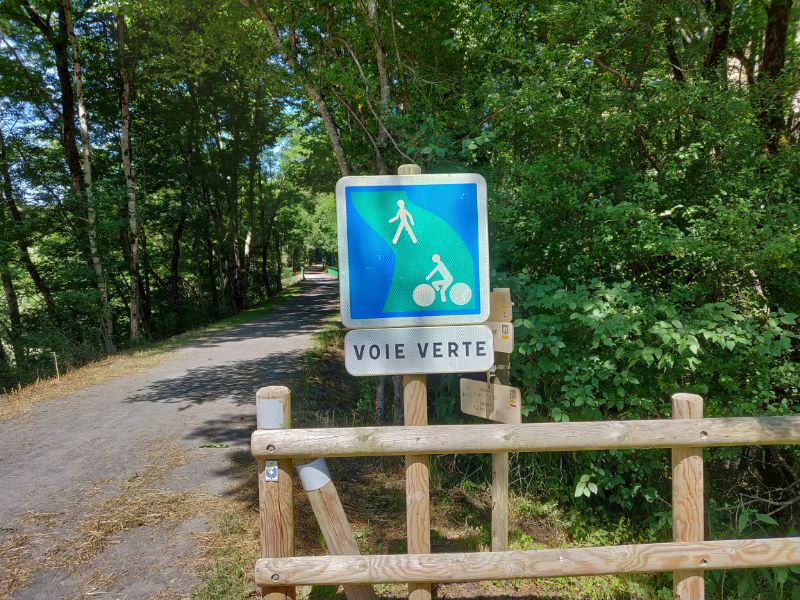
In France, Voies Vertes are marked with this sign.
The Voies Vertes have grown into a large network of cycling routes across Western Europe. Where the routes don’t connect, there are often other cycle friendly (or friendlier) links. They’re always wide enough and designed for two-way traffic, though you may have to contend with a bit of other traffic. Some routes are perfect for day trips or even whole cycling holidays. In fact, true cycling fanatics could literally travel all over Western Europe on these cycling routes. You could easily use the Voies Vertes to take a cycling holiday from campsite to campsite.
What makes the Voies Vertes special?
But the Voie Vertes are more than just good, flat, safe bike paths. They’re also good ways to explore the environment and the landscape. You’ll be cycling through or along beautiful nature reserves. Many Voies Vertes will even let you marvel at the former glory of buildings from the second industrial revolution, a period that stretches from roughly 1870 to 1910.
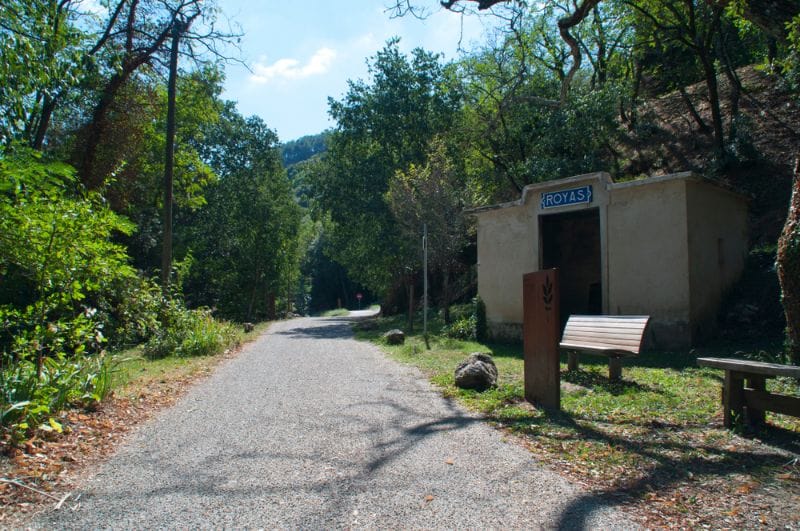
An actual former train station along the Voie Verte near Royas in France. Now you can use it to shelter from the rain or just take a rest.
The Second Industrial Revolution saw the major transition from steam to electricity, from iron to steel. It’s also called the technical revolution thanks to pioneering inventions like the incandescent light bulb, radio, combustion engine, and many more. It was also a time when mass production was seen as the highest good.
This revolution gave us enormous factory buildings and other structures, often made of brick and steel. After World War II, these techniques became more and more obsolete, so many of those factories have been abandoned over the past 70 years. Because demolition is expensive, they just left the buildings standing until nature started to run its course.
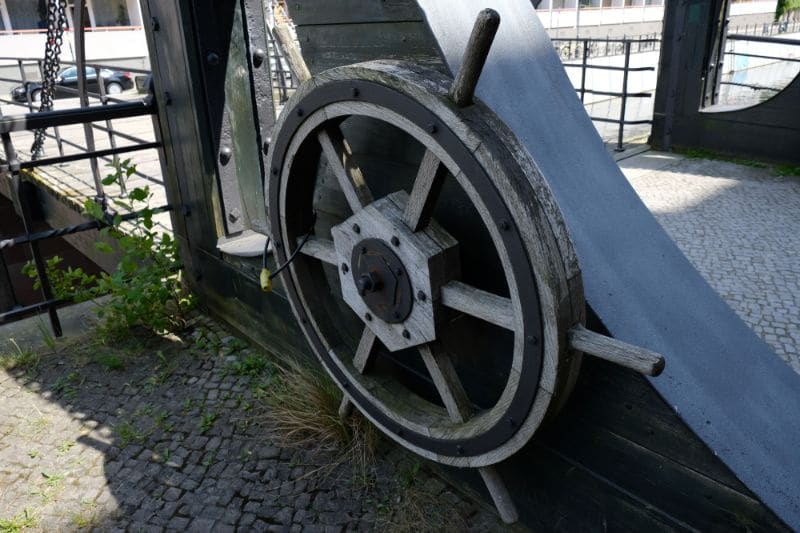
You may also see old suspension bridges with the original (refurbished) mechanisms.
The old railway lines and canals that were used to transport raw materials and finished products during the Second Industrial Revolution also fell into disrepair. In many places, factories have now been demolished and the railway tracks are gone. But thanks to the Voies Vertes, some of the tracks have been replaced by asphalt, the old factory buildings have re-emerged, and you can go back in time on your bike. Cycling past old, once-bustling factories is a truly unique experience.
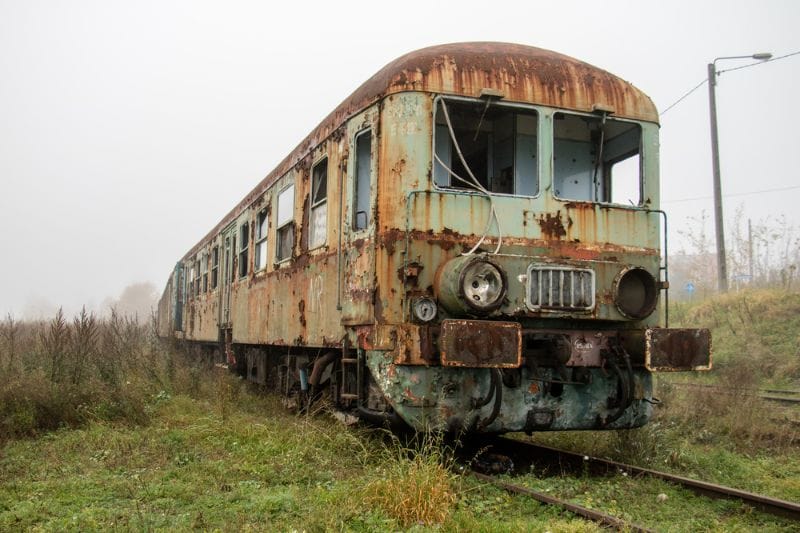
It won’t be an everyday occurrence, but sometimes you might even come across beautiful train wrecks like this.
Everyone, especially younger cyclists, can enjoy riding these old routes. The original train tunnels and old bridges make every bike ride a fun adventure. Industrial areas, especially in Belgium and Germany, are often an integral part of the routes.
Cycle across old railroad tracks
When you take a ride on a Voie Verte, you won’t just see these beautiful old industrial buildings. Don’t be surprised if you also come across other lovely buildings from that time, both big and small. Large cast iron water pipes, faucets, and pumps are par for the course on your average Voie Verte. Sometimes you’ll see things and have no idea what they were used for. Some buildings even date back to the time when steam trains ran along these routes!
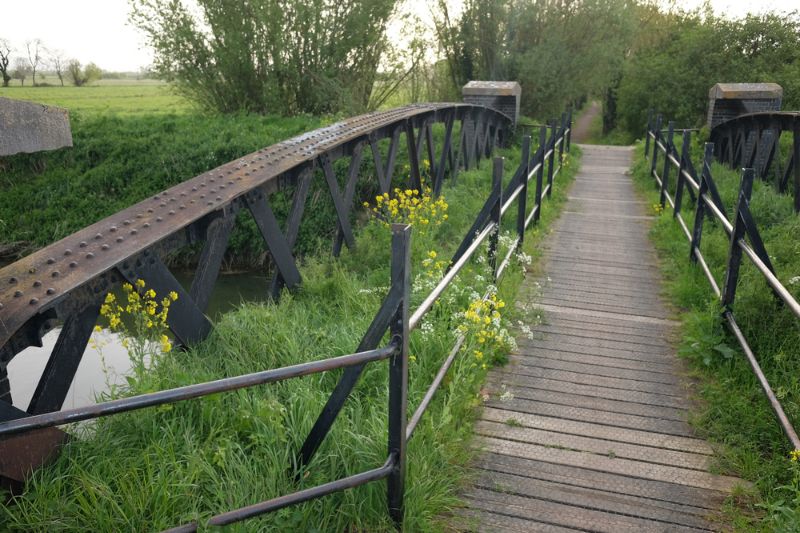
Voie Vertes are always built with an eye for nature and the environment. So don’t be surprised to see bridges literally covered in greenery.
If you’re lucky, you’ll also see antique railroad crossings, dilapidated station buildings, cast iron railway bridges (with a view!), and beautiful old train tunnels. Some of those tunnels are hundreds of metres long! In the middle of France, right next to the Route du Soleil, on the Voie Verte between Chalen and Mâcon, you can even cycle through a 1,600-metre cycling tunnel! It’s chilly even in the sweltering height of summer.
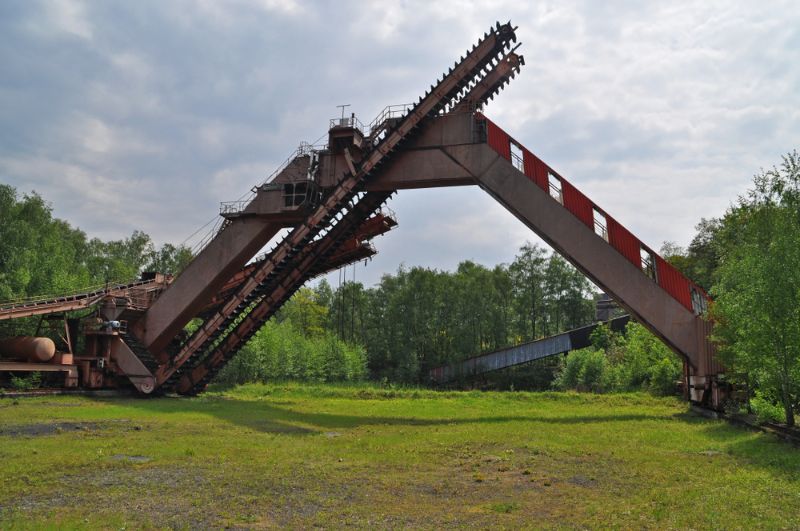
When cycling a Voie Verte, you’ll often see structures whose original purpose is anyone’s guess.
Most Western European countries have their own Voies Vertes. But of course, every country has its most unique routes. Next winter, I’ll be putting together some blog posts to tell which routes you won’t want to miss in each country. Here are the best routes from the birthplace of the Voies Vertes, France.
France – The Voies Vertes
In France, the cycle network is growing fast with Voies Vertes. The different official Voies Vertes are often connected to Véloroutes. These are also specially designed for cyclists, but may also include roads with a steeper incline or shared roads with car traffic. These routes are marked separately and are ideal for a cycling holiday in France.
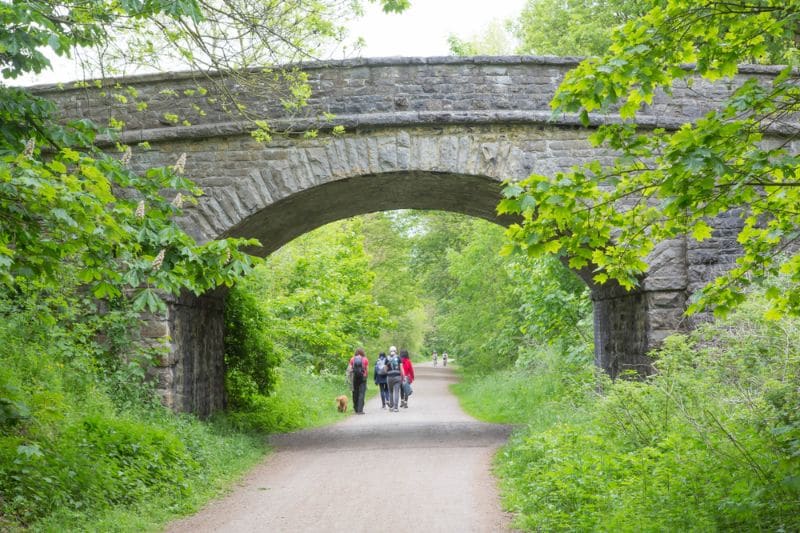
The Voie Vertes aren’t just for cyclists. Other non-motorised traffic, such as pedestrians and horse riders, are also welcome.
The Voies Vertes themselves are very well maintained and can be found throughout France. There are plenty of lovely routes in the south especially that make cycling through a hilly landscape a lot easier. Guides listing all of the Voies Vertes and Véloroutes are often sold in the supermarket. At the local tourist offices, in addition to paid guides with all routes, they usually also have free leaflets and maps outlining the routes in that particular region. To give you an idea of what a Voie Verte is, I’ve shared a very special Voie Verte with you below.
The very first Voie Verte, with the longest cycle tunnel in Europe
In the heart of France, along the Route du Soleil, you’ll find a Voie Verte that runs from Chalon-sur-Saône to Mâcon. This was not only the very first Voie Verte, but also boasts the longest bicycle tunnel in Europe, the Bois-Clair. This old train tunnel is a whopping 1 mile long and was opened in 1865. Trains still ran through this tunnel until 1968, when it was closed, and around 2000, they decided to turn it into a bicycle tunnel. The extensive tunnel alone makes a trip down this Voie Verte worthwhile. The complete route from Chalon-sur-Saône to Mâcon is more than 70 kilometres in total. But of course you can also cycle it in stages.
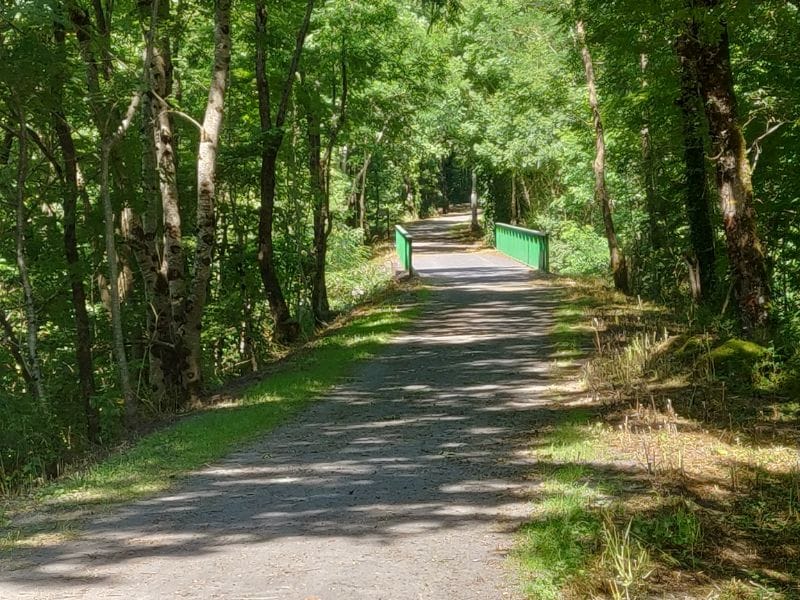
Voie Vertes usually aren’t very busy, so you can really enjoy the peace and quiet.
The bike tunnel is on the 23-kilometre section between Cluny and Mâcon, and it’s a bit intense for inexperienced cyclists. The tunnel is located just south of Cluny, in a bend of the main road, the D17. Luckily you don’t have to ride on the main road; you can follow the Voie Verte from Cluny, instead. The tunnel is at a fairly high altitude and there’s a steep climb leading up to the tunnel entrance. Luckily, that incline isn’t very long and you can easily walk up. Still a bit too much for you? Then there’s a special detour that’s just under 10 kilometres long, so you can avoid the steep climb. But remember, if you take it, you’ll miss the longest bicycle tunnel in Europe!
1 mile, 11 degrees, plenty of bats
Did you conquer the climb? Then you’ll find yourself right in front of the entrance to the tunnel. For most of the year, the two large doors are wide open. However, in the winter months, from 15 October to 31 March, the tunnel is closed to allow the protected population of bats living in the tunnel to hibernate. And yes, you’ll have a chance to see the bats on your tunnel ride. But as nocturnal creatures, they’re usually pretty quiet during the day.
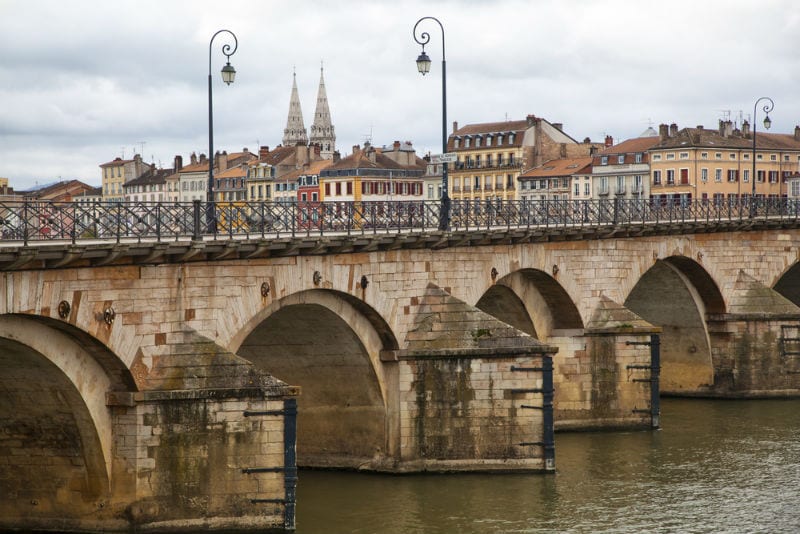
The 11th-century Saint-Laurent Bridge in Mâcon.
You’d be wise to pull on a jumper or jacket before you head into the tunnel. Even though it may be 30 degrees or warmer outside the tunnel, inside it’s always just 11 degrees! It’s very refreshing after that strenuous ascent. The tunnel is beautifully lit, well enough to see everything, but not so bright that you lose the charm of the tunnel. You can almost immediately see the exit in the distance. It quite a ways away, it’ll take an average cyclist about 6-8 minutes to cycle through the entire tunnel.
After the tunnel, a long descent to Mâcon awaits. There you can rest at an outdoor café and see the city before heading back to your campsite. There’s plenty to see and do in Mâcon. This characteristically French town is home to some remarkable old buildings, such as the Maison du Bois, a beautifully decorated wooden half-timbered house from the Renaissance era. The 11th century Saint-Laurent Bridge is also a must-see.
Campsites with MTB and e-bike rental near Mâcon
More fantastic Voies Vertes!
Over the next few months, I’ll be posting more blogs about my favourite Voies Vertes in different countries. Have you ever cycled a Voie Verte and can you recommend certain routes? Let us know below! Want to read more about cycling on your holiday? We’ve already written about bird watching from your bike in the Camargue and the wonderful ride to the unique Mont-Saint-Michel in northern France.


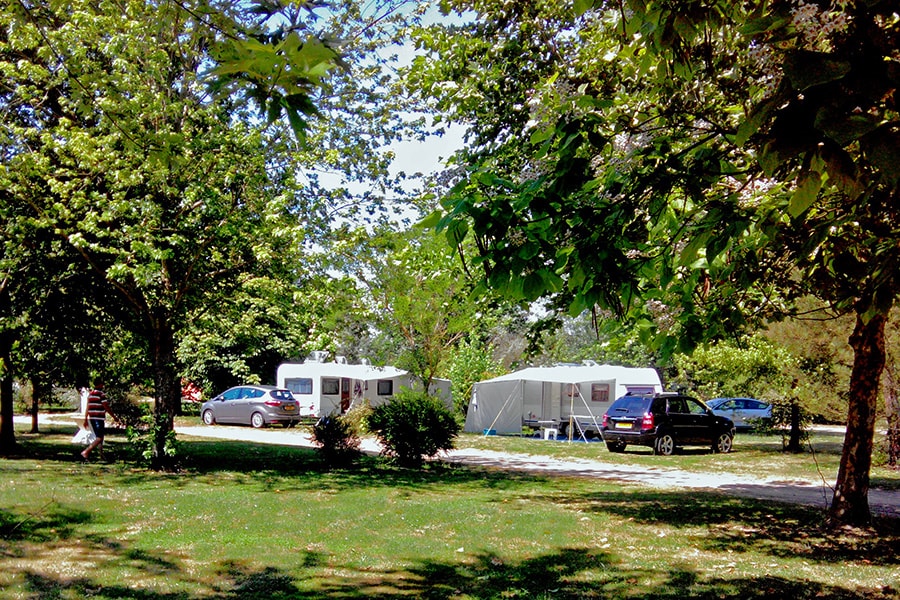
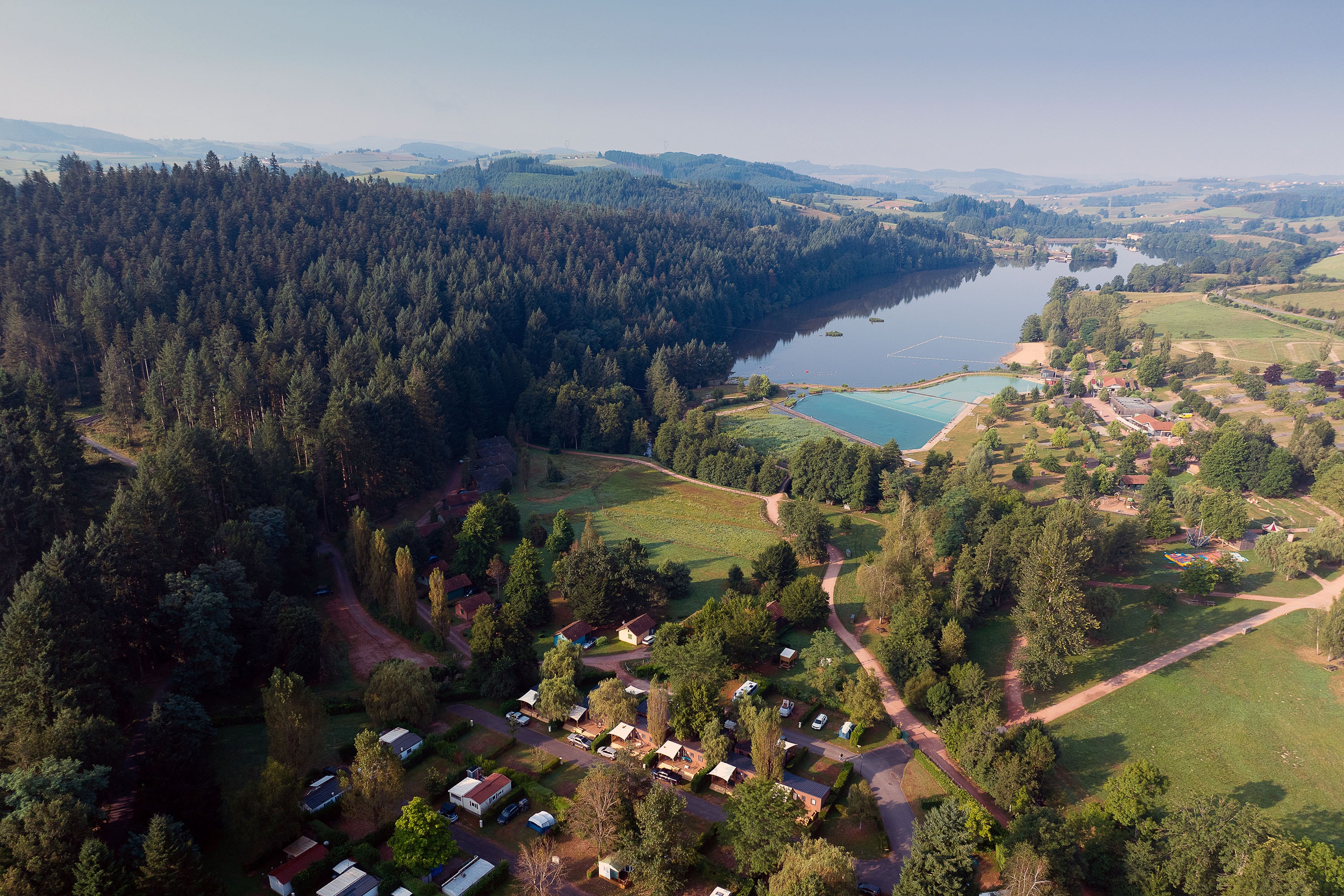

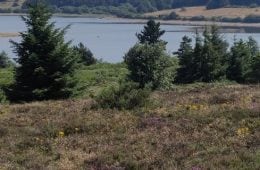







3 Comments
We are travelling down the Atlantic coast from La Rochelle to Bayonne would love some green cycling routes on the way
Loved reading your blog. May you do many more. I cycle green routes when ever I find them, often with my dog Ollie. I now have an e bike which makes it even easier. I am about to embark on a spell of living in my Motor home and travelling around Spain & Portugal. My favourite cycle route si far has been from Benicassim to Orrifissa. A converted train track right by the sea with a tunnel too. Its quite short but beautiful. Happy cycling. I look forward to reading more of your adventures.
Sally
Hi Sally,
Thanks for your kind words. I hope you and Ollie enjoy your travels in Spain and Portugal. And thanks for the route tip, I might check it out myself. Safe travels!
Cheers, Olle